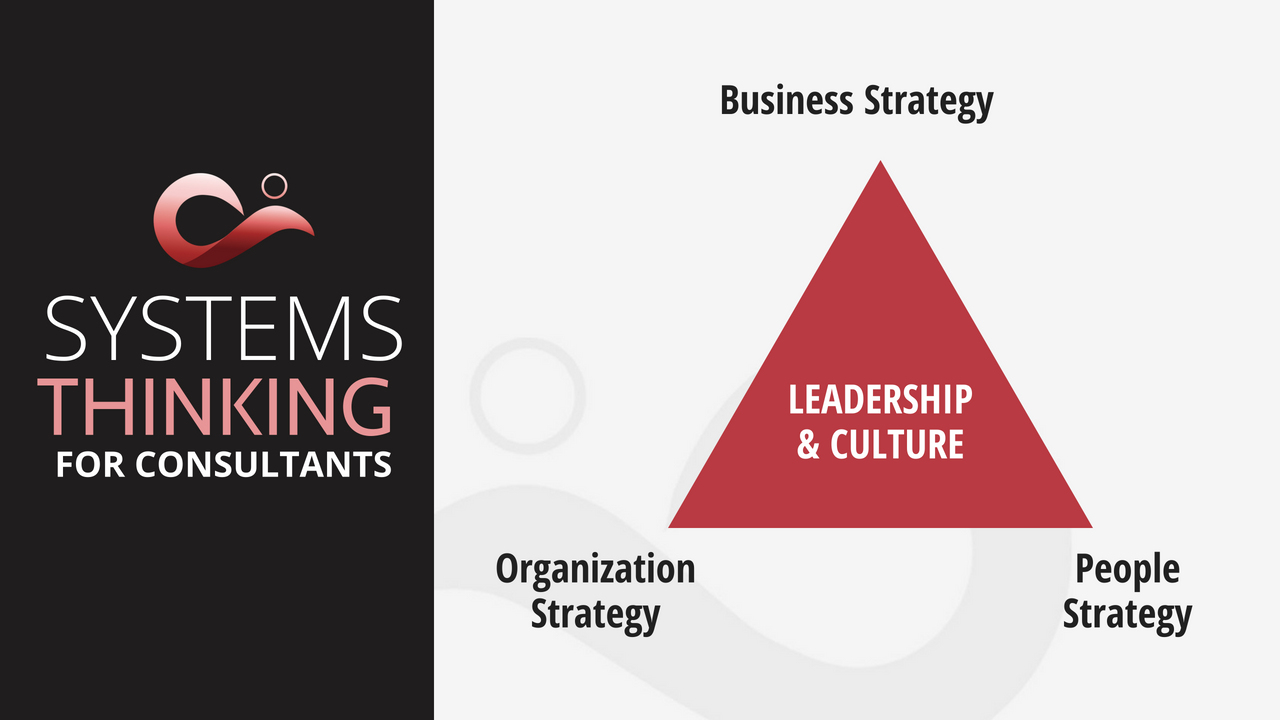Systems Thinking for Consultants
Jan 13, 2017
I have two children. When they were small, they used to go to daycare. What this meant in practicality to me was: two kids + daycare = many fevers and visits to the doctor’s office. As the parent, I was able detect and even treat the fever. However, in order to get rid of the fever, I had to rely on my doctor to discern whether the fever was caused by a bacteria or a virus and, if so, what part of the body the bacteria or virus was infecting. Then the doctor, using her knowledge of how the body functions, was able to prescribe the solution to dealing with the root cause of the fever.
You may be thinking right now, “What does this have to do with consulting?” Well, the difference between a parent and a doctor is the doctor is better able to understand the human body as a system, as well as better able to discern root causes of illnesses and to prescribe long-term cures for those illnesses. Similarly, the difference between a good consultant and a great consultant is the latter is better able to understand an organization as a system, as well as better able to discern root causes of organizational challenges and to develop planned, long-term solutions for those challenges.
How the Organizational System Works
An organization is commonly defined as “groups of people working together toward a common purpose.” This definition provides a simple description of an organization, kind of like describing a car as “a mode of transportation with tires and an engine.” Both entities are far more complex than these definitions would lead you to believe. In fact, this visual should give you a better sense of the true complexity of an organization.
 As you will notice, every organization has four major components that, when aligned, dramatically increase its potential to achieve intended results.
As you will notice, every organization has four major components that, when aligned, dramatically increase its potential to achieve intended results.
- Business Strategy: The organization’s formula for winning (e.g., goals, objectives, values, etc.).
- Organization Strategy: The placement of power and authority (e.g., organizational chart, division of labor, etc.) and how the work is accomplished, the flow by which products and services are created and delivered (e.g., budgeting, order fulfillment, etc.)
- People Strategy: What competencies are required; how individuals are recruited, selected, trained, recognized, compensated and rewarded; and how performance is measured, tracked and monitored.
- Leadership and Culture Strategy: How employees are led, and the unspoken but understood “ways things get done around here” (e.g., stated and implicit performance expectations, role and styles of leadership, etc.).
Every organization has these components, whether leaders are aware of them or not. The key to organizational effectiveness is increasing the level of explicitness of each organizational component and striving for maximum alignment among the components. The greater the alignment; the greater the organization’s effectiveness.
Regardless of your area of expertise (e.g., human resources, finance, marketing, sales, operations, etc.), if you consult to an organization, you need to understand how an organization functions.
Next Step
My Strategic Brand Partnership services are designed accelerate your success—with clarity in what you do, confidence in your message, and a brand that positions you for the clients, impact and income you're ready for.
Explore my services at BetsyJordyn.com/services or book a discovery call.
Stay connected with what’s new
JOIN MY INNER CIRCLE
You’ll get weekly insights and best practices to maximize your impact and income as a consultant, coaching and business owner, plus exclusive invites to webinars and resources you won’t find anywhere else.
I'm excited to receive emails from Betsy Jordyn. I know I can unsubscribe at any time.

